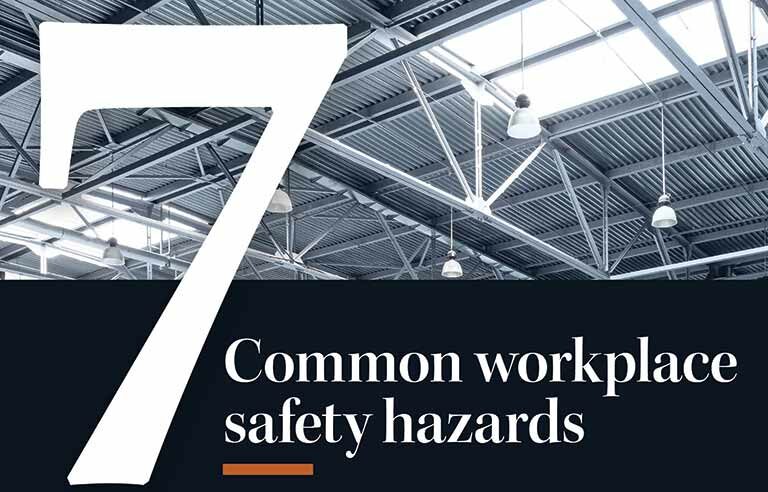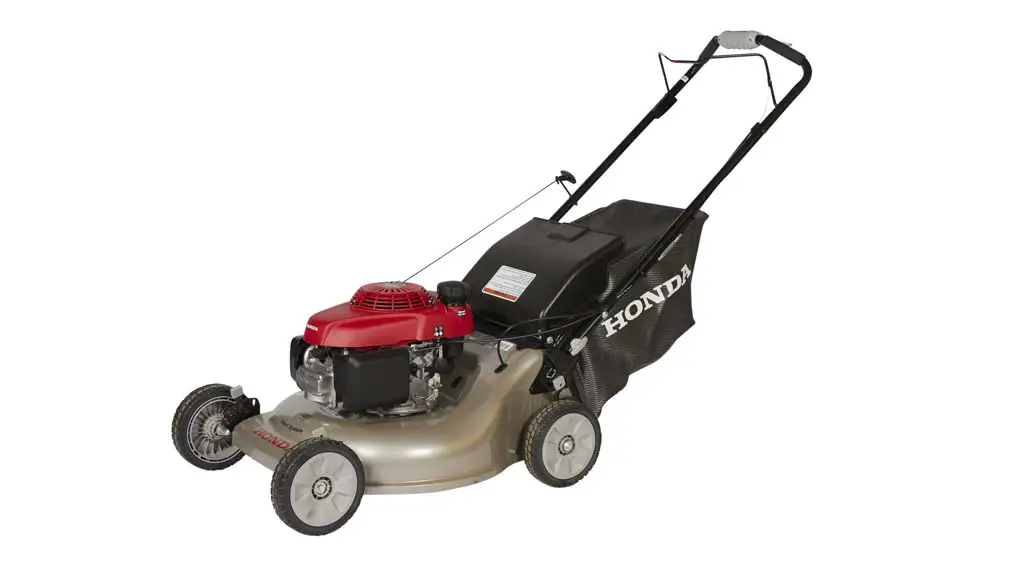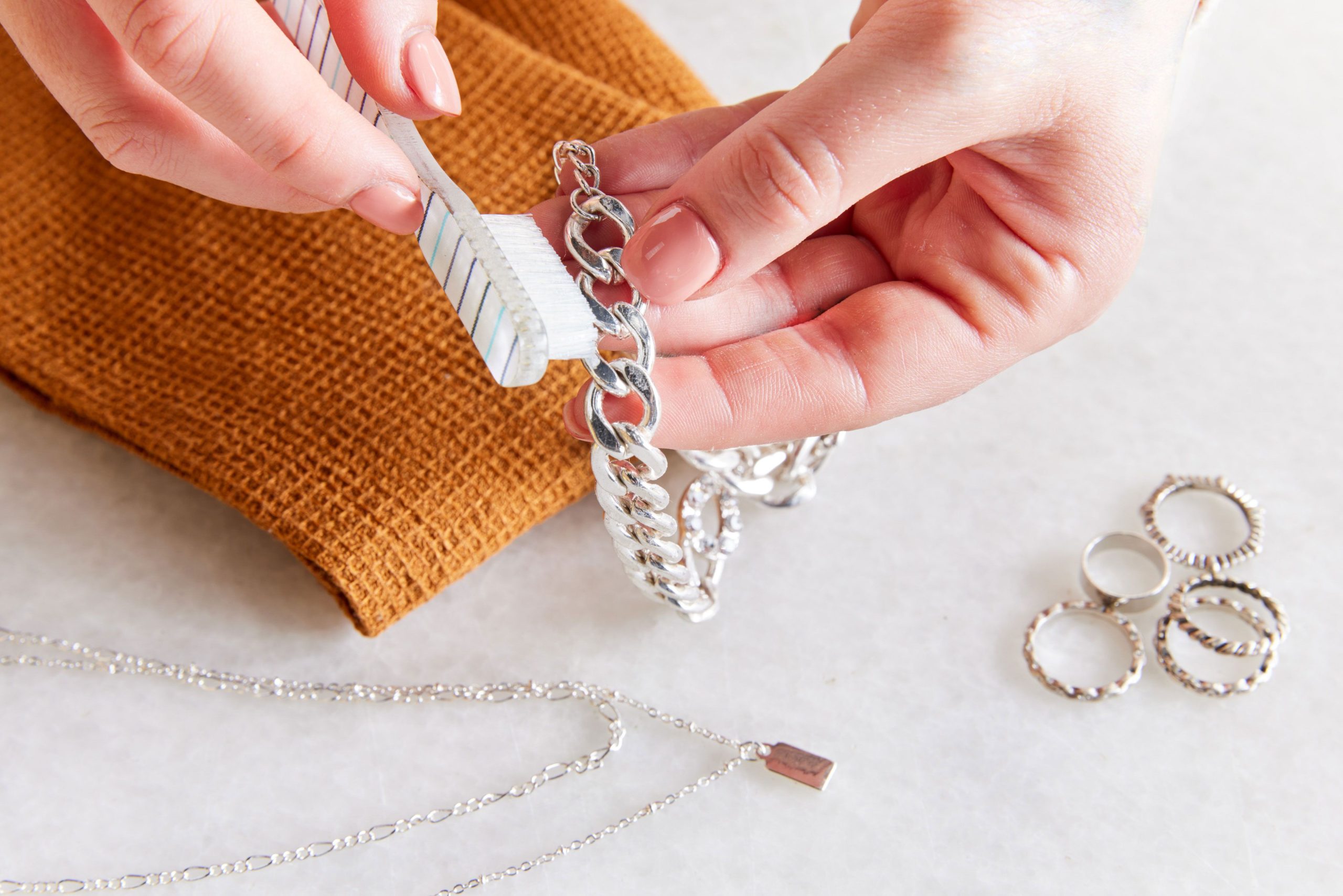If christmas lights get wet, they can short circuit or become a safety hazard. Wet lights can lead to electrical shock or cause the lights to stop working.
Christmas lights are an integral part of the holiday season, adding warmth and cheer to homes and neighborhoods. However, accidents happen, and there may be instances when these lights come into contact with water. Whether it’s due to heavy rain, snow, or a spilled liquid, getting christmas lights wet can have serious consequences.
We will explore the potential problems that can arise when christmas lights get wet, and the steps you can take to prevent damage and ensure safety. It’s essential to understand the risks involved and know how to handle them properly to avoid any mishaps during the festive season. So, let’s dive in and uncover the answers to what happens if christmas lights get wet.

Credit: www.safetyandhealthmagazine.com
The Risks Of Using Wet Christmas Lights
Wet christmas lights can pose several risks, including electrocution and damage to the lights. Water and electricity don’t mix, so it’s important to take precautions to keep your christmas lights dry and safe.
During the holiday season, it’s not uncommon to have wet weather conditions. But have you ever wondered what happens if christmas lights get wet? There are several risks associated with using wet christmas lights that you should be aware of.
In this section, we’ll explore the potential fire hazards and damage that can occur when wet christmas lights are used.
Fire Hazards: The Dangers Of Electrical Shorts And Sparks
- Electrical shorts: When water comes into contact with electrical wiring, it can cause a short circuit. This can lead to overheating, melting of insulation, and in worst cases, even fire. Wet christmas lights increase the risk of electrical shorts, as water can easily penetrate the wiring and come into contact with the electrical components.
- Sparks: Another danger of using wet christmas lights is the potential for sparks. When electric current flows through wet wiring, it can create sparks due to the contact between water and electricity. These sparks can ignite flammable materials nearby, such as dry tree branches or decorations, resulting in a fire hazard.
Damage To The Lights Themselves: Potential Corrosion And Electrical Malfunctions
- Corrosion: When christmas lights get wet, moisture can seep into the electrical connections and corrode the metal contacts. Corrosion not only affects the performance of the lights but also increases the risk of electrical malfunctions. Over time, corrosion can cause the lights to stop working or flicker intermittently.
- Electrical malfunctions: Wet christmas lights may experience electrical malfunctions due to the damage caused by moisture. The combination of water and electricity can lead to short circuits, blown fuses, or even damage to other electrical devices connected to the lights. These malfunctions not only affect the aesthetic appeal of your decorations but also pose safety risks.
Using wet christmas lights can be risky, both in terms of fire hazards and potential damage to the lights themselves. It’s essential to prioritize safety by keeping your lights dry and ensuring that they are in good working condition. By taking precautions and avoiding the use of wet lights, you can enjoy a safe and festive holiday season.
How To Safely Handle Wet Christmas Lights
Discover the best way to handle wet christmas lights to prevent electrical hazards. Learn how water can damage the lights and how to safely dry and store them for future use.
Wet christmas lights can pose a safety hazard, but fear not! With a few simple precautions and proper methods, you can safely handle wet christmas lights. Follow these steps to ensure the safety of yourself and your decorations:
Turn Off The Power: Taking Precautions Before Handling
- Before you begin to handle wet christmas lights, make sure to turn off the power supply. This will prevent any potential risk of electric shock.
- Locate the power source for the lights and switch it off. If necessary, unplug the lights from the outlet.
- Remember, electricity and water don’t mix well, so turning off the power is crucial to ensure your safety.
Drying The Lights: Proper Methods To Remove Moisture
- Once the power is turned off, the first step is to dry the wet christmas lights.
- Gently remove the lights from any outdoor areas or trees and place them on a clean, dry surface.
- Use a soft, absorbent cloth or towel to carefully pat the lights dry. Make sure to dry each bulb individually.
- Alternatively, you can hang the lights up in a well-ventilated area, allowing them to air dry naturally. This will help to remove any moisture inside the bulbs.
Inspect For Damage: Checking For Signs Of Wear And Tear
- After the lights have been dried, it’s important to inspect them for any signs of damage. This will ensure their safe usability.
- Look for frayed or exposed wires, cracked bulbs, or any other visible damage.
- If you find any damaged bulbs or wires, it’s best to replace them before using the lights again. This will help prevent any potential electrical hazards.
- Additionally, check the connectors and plugs for signs of damage. Replace them if necessary to avoid any safety issues.
Remember, safety should always be your top priority when dealing with wet christmas lights. By following these precautions, properly drying the lights, and inspecting for damage, you can ensure their safe usage during the holiday season.
Repairing Or Replacing Wet Christmas Lights
When christmas lights get wet, they can become a safety hazard. Repairing or replacing wet lights is recommended to prevent electrical issues and potential accidents.
With the holiday season approaching, it’s important to ensure that your christmas lights are in perfect working condition. However, accidents happen, and your lights may end up getting wet. If you find yourself dealing with wet christmas lights, don’t worry! There are steps you can take to repair them and get them shining brightly again.
In some cases, though, it may be necessary to replace the lights altogether. Let’s take a closer look at diy fixes and when it’s time to let go and replace your wet christmas lights.
Diy Fixes: Steps To Troubleshoot And Repair
If your christmas lights have gotten wet, there are a few things you can try before considering a replacement. Here are some straightforward diy fixes to get your lights back in working condition:
- Unplug and inspect: Start by unplugging the lights from the power source. Carefully examine each bulb for any signs of water damage or corrosion.
- Dry thoroughly: Make sure to dry the lights completely before attempting any repairs. You can gently wipe the bulbs using a soft cloth or towel.
- Check for loose connections: Inspect the wires and connections for any loose or damaged parts. Ensure that all plugs are securely connected and inspect the wires for any signs of damage.
- Replace faulty bulbs: If you notice any bulbs that are not lighting up, they may be faulty. Replace them with new bulbs to see if that solves the issue.
- Use electrical tape: If there are any exposed wires or damaged sections, use electrical tape to protect and secure them.
By following these diy steps, you may be able to revive your wet christmas lights and save yourself the trouble and expense of purchasing new ones.
When To Replace: Knowing When It’S Time To Let Go
While diy fixes can work wonders in many cases, there are times when it’s best to bid farewell to your wet christmas lights and opt for replacements. Here are a few indicators that it’s time to replace your lights:
- Extensive water damage: If the entire strand of lights is waterlogged or submerged, it’s unlikely that repairs will be effective. The water may have caused irreversible damage, making replacement necessary.
- Corrosion or rust: If you notice significant corrosion or rust on the bulbs, wires, or connections, it’s a clear sign that the lights have been compromised. Corrosion can interfere with the electrical connections and potentially pose safety risks.
- Flickering or inconsistent lighting: Even after attempted repairs, if your lights continue to flicker or exhibit inconsistent lighting, it could indicate deeper electrical issues. In such cases, replacing the lights is the safer option.
- Age and wear: If your christmas lights are already old or worn out, dealing with wetness may further accelerate their deterioration. It might be best to invest in new lights that are more durable and built to withstand the elements.
Knowing when to replace your wet christmas lights is essential for both safety and maintaining the festive ambiance. By keeping an eye out for these signs, you can ensure a brighter and merrier holiday season.
Remember, when dealing with wet christmas lights, safety should always be a priority. If you’re unsure about making diy repairs or if the situation seems hazardous, it’s best to seek professional help or invest in new lights to guarantee a joyful and worry-free celebration.
Preventing Christmas Lights From Getting Wet
Keep your christmas lights dry to prevent potential hazards and damage. Wet lights can cause electrical problems and pose a safety risk, so take precautions to protect them from moisture. By following simple steps like keeping them away from water sources and using outdoor-rated lights, you can ensure a bright and safe holiday season.
Christmas lights are a festive and beautiful addition to any holiday display. While they can bring cheer and joy, it’s important to take precautions to prevent them from getting wet. When christmas lights are exposed to water, it can pose a safety hazard and potentially damage the lights.
Outdoor Precautions: Weatherproofing And Proper Installation
To ensure your outdoor christmas lights stay dry and safe, follow these precautions:
- Inspect the lights before installation to make sure they are designed for outdoor use and have a waterproof rating.
- Use outdoor-rated extension cords and power sources that are meant for outdoor use.
- Install the lights in a secure manner, using clips or hooks specifically designed for outdoor christmas lights.
- Seal any gaps or openings in the light strings to prevent water from seeping in.
- Check the weather forecast before hanging the lights and avoid installing them during or before heavy rain or snow.
- If rain or snow is expected, consider covering the lights with a waterproof tarp or plastic sheeting.
Indoor Tips: Keeping Lights Away From Water Sources
While indoor christmas lights are less likely to be exposed to moisture, it’s still important to take precautions. Follow these tips to keep your indoor lights dry:
- Keep your christmas lights away from water sources such as sinks, baths, or humidifiers.
- When placing lights near windows, make sure they are sufficiently protected from rain or condensation.
- Avoid placing lights near plants that require frequent watering.
- If you have a live christmas tree, make sure the lights are dry before decorating it and keep the tree well-watered to prevent dryness and potential fire hazards.
- Store unused lights in a dry place to prevent moisture buildup.
By following these outdoor and indoor precautions, you can enjoy your christmas lights safely without worrying about them getting wet. Remember to always prioritize safety and consult the manufacturer’s instructions for specific care guidelines for your lights.
Frequently Asked Questions On What Happens If Christmas Lights Get Wet
What Should I Do If My Christmas Lights Get Wet?
If your christmas lights get wet, the first step is to unplug them immediately. Allow them to completely dry before plugging them in again to avoid any electrical hazards. If any bulbs are damaged, replace them before using the lights again.
Can Wet Christmas Lights Cause A Fire?
Wet christmas lights can potentially cause a fire if not handled properly. When water enters the electrical components, it can lead to short circuits and electrical shocks. To prevent any fire hazard, it’s important to dry the lights thoroughly and make sure there are no signs of damage before using them.
How Long Does It Take For Wet Christmas Lights To Dry?
The time it takes for wet christmas lights to dry depends on various factors such as humidity levels, temperature, and the extent of moisture saturation. It is recommended to leave them in a well-ventilated area for at least 24-48 hours to ensure they are completely dry before using them again.
Can I Use Wet Christmas Lights?
Using wet christmas lights is dangerous and should be avoided. Moisture can cause the lights to short circuit and potentially lead to electrical hazards. It’s important to dry the lights thoroughly before plugging them in to ensure safe usage and prevent any damage to the lights or surroundings.
How Can I Waterproof My Christmas Lights?
To waterproof your christmas lights, you can use specially designed waterproof light covers or sealant sprays. These provide an extra layer of protection against moisture and help to prevent any damage to the lights. Additionally, make sure all connections are secure and avoid exposing the lights to excessive moisture or rain.
Conclusion
It’s important to remember that water and electricity don’t mix well, especially when it comes to christmas lights. If your lights get wet, it can lead to short circuits and other electrical hazards. To prevent this, make sure to use outdoor lights that are specifically designed to be weatherproof.
Additionally, always check for damaged wires or sockets before plugging in your lights. If you do find that your lights have gotten wet, it’s best to unplug them immediately and let them dry completely before using them again. Taking these precautions can help ensure both the safety of your home and the longevity of your christmas lights.
So, as you prepare to hang up those festive lights this holiday season, keep in mind the importance of keeping them dry and well-maintained for a truly merry and bright celebration.

“My name is Leo Jacob, and I hold a Bachelor of Science degree with Honors in Applied Environmental Science and Sustainability from the University of the West of Scotland. Since childhood, I’ve been passionate about living an eco-friendly life. After completing my studies, I dedicated myself to finding simple ways to lead a more environmentally conscious lifestyle. I launched ecolifely.com to share my educational background and practical experiences with everyone, hoping to inspire others to join me in creating a greener, more sustainable world.”












